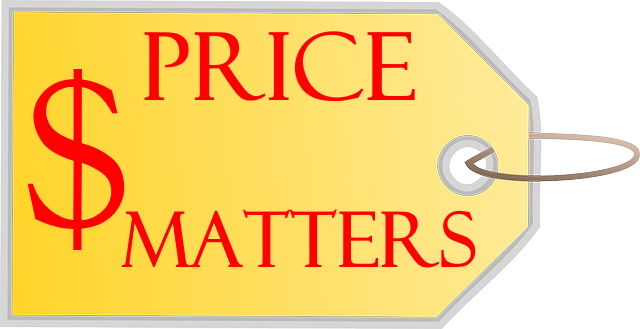
Businesses price their products to cover the costs of production as well as their labor, sales marketing, and other major expenses. Prices also reflect some post-sales costs such as handling repairs or replacements under warranty. At one time many industries used a pricing strategy for their products that failed to reflect their true costs. A once-popular assumption was that lower prices would promote increased sales and the higher sales volume would make up the cost difference. The strategy wasn’t successful. It hasn’t worked for the auto industry, the computer industry or the insurance industry.
The problems of the insurance industry became apparent within the turn of the century and were drastically exasperated by several natural and financial catastrophes. Events such as terrorist attacks, hurricanes, housing market and banking meltdowns all substantially affected the insurance industry. The insurance industry’s attempts to gradually correct their pricing had to be sped up; substantially!

For much of the 21st Century, insurance companies have had to handle many more claims being presented many years after their policies have expired. In the case of pollution, asbestos and employment practices; the industry is being asked to handle losses that policies weren’t designed to even cover.
Well, what can a business owner do to minimize their high insurance cost? Before considering sacrificing the amount of protection a business carries just to save money, consider alternatives. Some other solutions would be:
1. Review your coverage:
a. Take a close look at your insurance. Could you increase the deductibles to lower your premium?
b. Are you carrying physical damage coverage on commercial vehicles that aren’t worth it?
c. Are you insuring items you could replace out of pocket? Are there pieces of equipment that are insured when they could be replaced from operating funds without submitting a claim?
2. Review your exposures:
a. Could you reduce the premium by installing an alarm system or fire protection system? Would these premium savings offset the cost of the system?
b. Could you implement safety programs that would reduce the cost or make the insurance company more interested in providing coverage? For example: driver safety programs, back to work programs, safety training in proper use of equipment and job functions.
3. Identify your insurance goals:
a. Do you need an insurance company that can provide loss control services?
b. Do you need an insurance company that can provide claim-handling services for your Workers Compensation insurance?
c. Do you need an insurance company that will allow you to make payments by phone or on-line 24/7?
Shopping and price are not the only issues in insurance. What you don’t know can cost you more in the long run than you could ever save in premiums. Discuss your situation with an insurance professional and make the choice that works for you.
COPYRIGHT: Insurance Publishing Plus, Inc. 2016
All rights reserved. Production or distribution, whether in whole or in part, in any form of media or language; and no matter what country, state or territory, is expressly forbidden without written consent of Insurance Publishing Plus, Inc.

 Contact
Contact
 Email an Agent
Email an Agent

 Click to Call
Click to Call Get Directions
Get Directions


